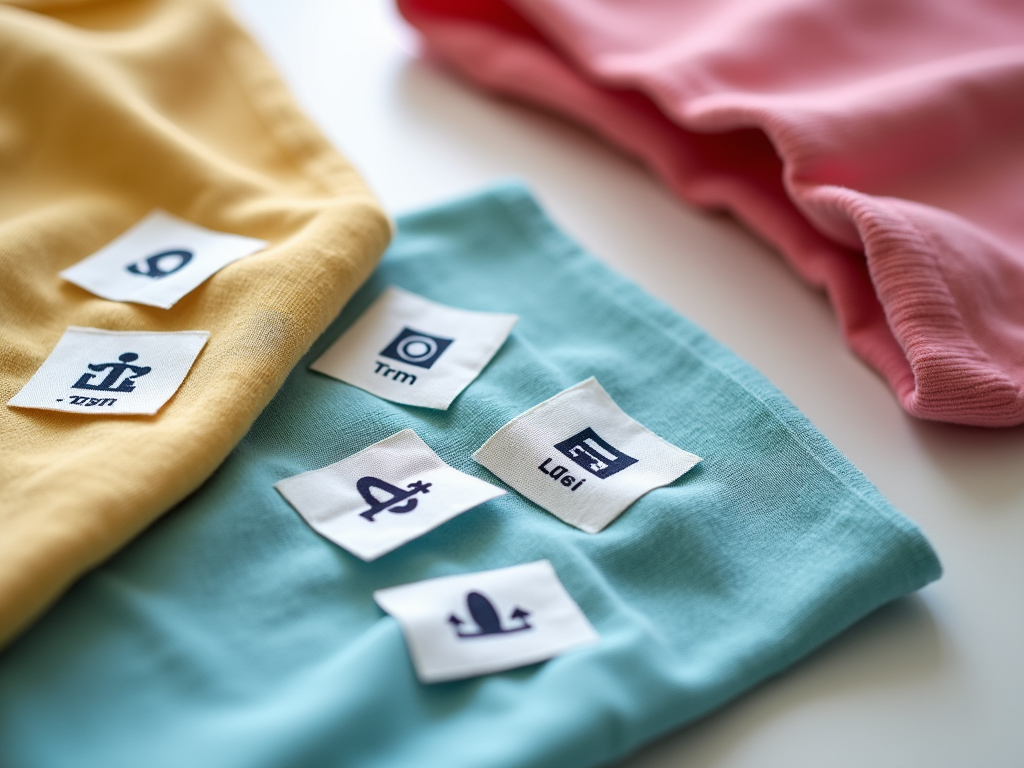Every household faces a common yet often underestimated task: doing laundry. It may seem straightforward, but improper practices can lead to damaged fabrics, lost colors, and even lingering odors. Mastering the nuances of laundry can transform how you care for your clothes, allowing them to last longer and look better. By understanding the science behind washing, drying, and maintaining garments, you can elevate your cleaning game. This guide delves into effective laundry techniques while also highlighting best practices for fabric care.
This journey into laundry perfection begins with understanding the importance of proper techniques. From choosing the right detergent to mastering fabric care symbols, every step plays a pivotal role in the longevity of your wardrobe. Pay attention to every detail, as the right approach can not only save your clothes but also enhance their appeal. Your laundry routine can be efficient and effective with proper knowledge and preparation.
The Importance of Proper Laundry Techniques

Proper laundry practices are essential to keep your clothes looking their best, ensuring they remain vibrant and durable. Neglecting basic techniques can lead to irreversible damage, such as color fading, fabric fraying, and even unwanted odors. Many people underestimate how their choices in washing settings can impact their clothing. For instance, using hot water may strip delicate fabrics of their color, while cold water can sometimes fail to remove stains effectively. Arming yourself with the right knowledge can make all the difference. Ultimately, understanding why proper laundry is essential is the first step toward achieving great results.
Pre-Laundry Checklist

Before diving into the washing process, it’s vital to gather the right tools and supplies. Having everything at your fingertips makes the task smoother and more organized. Here’s a list of essential supplies you’ll need:
- Laundry detergent
- Fabric softener
- Stain removers
- Mesh laundry bags
- Drying racks or dryer sheets
Once you have your supplies ready, sorting your laundry becomes the next crucial step. By categorizing your laundry, you can prevent color bleeding and protect delicate fabrics. The method involves organizing clothes by color and fabric type. Consider the following categories for effective sorting:
- Whites
- Darks
- Bright colors
- Delicates
- Heavy fabrics
Understanding Your Fabric Care Labels
Fabric care labels offer crucial information about how to properly maintain each garment. Too many people overlook these vital instructions, leading to unfortunate laundry mishaps. Familiarizing yourself with common laundry symbols can prevent unnecessary damage. Here is a table outlining some standard fabric care symbols and their meanings:
| Symbol | Meaning |
|---|---|
| ♻️ | Machine wash |
| 🧊 | Cold water |
| 🔥 | Hot water |
| ☀️ | Do not bleach |
| 🌀 | Gentle cycle |
Selecting the Right Washing Machine Settings
Washing machines often come with various settings designed for different fabrics and levels of soil. Understanding these settings is crucial for optimal results. For instance, using the “Normal” cycle is best for everyday fabrics like cotton, while “Delicate” is appropriate for sensitive materials. It’s important to take note of how these cycles can affect cleaning and performance:
- Normal/Regular: Ideal for cotton and durable fabrics.
- Permanent Press: Suitable for synthetic fibers less prone to wrinkles.
- Delicate: For delicate items such as silk, lace, or exterior finishes.
Choosing the Right Detergent
The detergent you choose can significantly impact the outcome of your laundry. Different types of detergents cater to various fabric needs and washing conditions. Liquid detergents tend to dissolve better in cold water, making them ideal for temperature-sensitive laundry. Conversely, powdered detergents can be more effective at removing stubborn stains. Choosing between these options may depend on your specific laundry habits.
Tips for Stain Removal
Stain removal is an art in itself and can make all the difference between a ruined garment and a restored one. Tackling stains before washing is crucial to achieving the best possible results. Applying the correct treatment immediately can save you time and effort later on. Here are common stains and effective treatments for each:
- Grass: Use a mixture of white vinegar and liquid detergent.
- Oil: Dab with dish soap before washing.
- Red Wine: Pour salt over the stain, then rinse with cold water.
Drying Your Laundry
After cleaning, understanding the drying process is just as important as washing. Incorrect drying methods can lead to shrinkage and harm fabric integrity. Two primary methods of drying include air drying and machine drying. Each method has its pros and cons, so consider the fabric type and care instructions before making your choice. Here’s a quick comparison:
| Method | Benefits | Best for |
|---|---|---|
| Air Drying | Gentle on fabrics, energy-efficient | Delicates, prolonged usage |
| Machine Drying | Fast, convenient | Cotton, durable items |
Conclusion
By following this comprehensive guide to laundry, you’ll ensure your clothes are cared for properly, extending their life and maintaining their appearance. Transform your laundry routine from a mundane chore into a streamlined process where efficiency and care go hand in hand. Embrace the art of washing and drying with confidence, and soon you’ll enjoy the benefits of a vibrant and well-maintained wardrobe.
Frequently Asked Questions
- What is the best way to sort laundry?
Sort your laundry by color (whites, darks, and colors), fabric type, and washing instructions. - Can I mix different fabrics in the same load?
While some fabrics can be washed together, it’s best to separate delicate items from heavy fabrics to avoid damage. - How often should I do laundry?
It depends on personal usage, but a good rule of thumb is to do laundry once a week or as needed based on your wardrobe. - What temperature should I wash my clothes at?
Use cold water for darks and delicate items. Warm water is suitable for everyday whites and colors, while hot water can be used for heavily soiled items. - How do I prevent color fading in my laundry?
To prevent color fading, wash clothes inside out and use cold water when possible.
